The Chinese New Year, or Spring Festival, marks the most significant cultural and culinary event in Chinese communities worldwide. Rooted in centuries of tradition, this celebration revolves around family reunions, symbolic rituals, and, above all, feasts filled with dishes that carry profound cultural meanings. Food is not merely sustenance during this period—it is a language of hope, prosperity, and togetherness. Each dish is carefully selected to symbolize luck, wealth, health, and familial bonds. Below, we explore the rich tapestry of traditional Chinese New Year foods, their histories, and the cultural narratives they embody.
Dumplings (Jiǎozi – 饺子): The Crescent-Shaped Treasures
Dumplings are perhaps the most iconic New Year dish, especially in northern China. Their shape resembles ancient Chinese gold or silver ingots, symbolizing wealth and prosperity. Families gather on New Year’s Eve to wrap dumplings together, a practice that fosters unity and passes down culinary skills across generations.
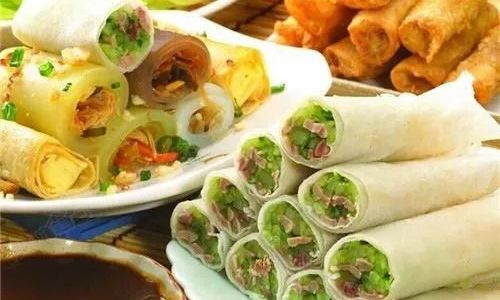
Symbolism and Preparation:
- Filling Varieties: While pork and cabbage is classic, fillings vary regionally. In Shandong, seafood dumplings reflect coastal abundance, while Sichuan households might add spicy pork for a fiery twist.
- Folklore: Some families hide a coin inside a dumpling; the person who finds it is believed to receive good fortune in the coming year.
- Cooking Methods: Dumplings are boiled or pan-fried (potstickers). The latter’s crispy texture is said to represent a prosperous “bottom” for the new year.
Nian Gao (Niángāo – 年糕): The Sticky Sweet Cake of Progress
Nian gao, a glutinous rice cake, derives its name from the phrase “nian nian gao sheng” (“年年高升”), meaning “to rise higher each year.” This pun on words embodies aspirations for career advancement, academic success, or personal growth.
Regional Adaptations:
- Cantonese Style: Steamed and sliced, often pan-fried with egg for a crispy coating.
- Shanghai Version: Softer, sweetened with brown sugar, and served in a syrupy broth.
- Northern Variations: Some regions incorporate dates or red bean paste, adding layers of flavor and color.
Cultural Note: Nian gao is also exchanged as gifts, with its stickiness symbolizing tight-knit family bonds.
Spring Rolls (Chūn Juǎn – 春卷): Golden Bars of Wealth
Fried to a golden hue, spring rolls resemble bars of gold, making them a symbol of prosperity. Their name references the “spring” season, aligning with the festival’s theme of renewal.
Ingredients and Techniques:
- Fillings: Typically include shredded vegetables (cabbage, carrots, mushrooms), meat (pork or shrimp), and seasonings.
- Wrapping: The thin pastry is rolled tightly before frying, ensuring a crispy exterior.
- Dipping Sauces: Sweet chili or soy-vinegar mixtures complement their crunch.
Regional Diversity: In Fujian, spring rolls may include seafood, while Taiwanese versions sometimes use peanut powder for a nutty twist.
Fish (Yú – 鱼): The Auspicious “Surplus”
A whole fish, steamed or braised, is central to New Year’s Eve dinners. The Chinese word for fish, yú, sounds like yú (余), meaning “surplus” or “abundance.” Serving a whole fish—head and tail intact—symbolizes a prosperous beginning and end to the year.
Preparation Rituals:
- Leftovers: It is customary to leave some fish uneaten, ensuring good fortune “remains” for the next day.
- Regional Styles:
- Cantonese: Steamed with ginger and soy sauce.
- Sichuan: Braised in spicy chili-bean paste.
- Eastern China: Sweet and sour preparation with pineapple.
Taboo: Avoid flipping the fish while cooking, as this mirrors the word for “capsizing a boat,” an unlucky omen.
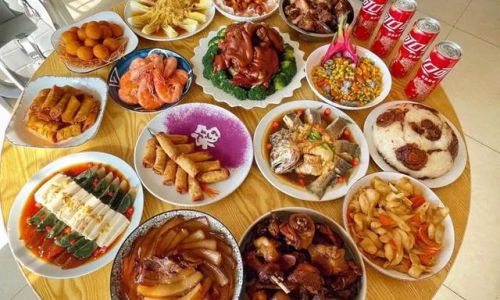
Tangyuan (Tāngyuán – 汤圆): Sweet Reunion Balls
These glutinous rice balls, filled with sesame, red bean, or peanut paste, are eaten during the Lantern Festival (the festival’s finale) and sometimes on New Year’s Eve. Their round shape symbolizes family togetherness and completeness.
Cultural Significance:
- Colors: White (purity), pink (joy), or gold (wealth) are common.
- Preparation: Boiled in a sweet broth, often made with ginger or osmanthus flowers.
- Northern vs. Southern Traditions: Northerners may prefer unsweetened versions in savory soups, while southerners lean toward sugary fillings.
Whole Chicken (Zhěng Jī – 整鸡): The Embodiment of Wholeness
A whole chicken, symbolizing family unity and completeness, is another New Year staple. Its presentation—head and feet intact—reflects respect for tradition and ancestral roots.
Cooking Methods:
- Poached: Simmered in broth with ginger and scallions.
- Braised: Slow-cooked in soy sauce for a rich flavor.
- Regional Preferences: Cantonese families might serve white cut chicken, while Hunan cooks add chili for heat.
Etiquette: The chicken is often placed facing the eldest family member as a sign of respect.
Fruits of Fortune: Oranges and Tangerines
Citrus fruits like oranges (júzi, 橘子) and tangerines (jīnjú, 金橘) are displayed and exchanged during the festival. Their golden hues evoke wealth, while their round shapes signify fullness and luck.
Symbolism:
- Oranges: The word jú (橘) sounds like jí (吉), meaning “auspicious.”
- Tangerines: Jīn (金) means “gold,” amplifying the wealth metaphor.
- Display: Fruits are often arranged in pairs, symbolizing harmony and partnership.
Longevity Noodles (Chángshòu Miàn – 长寿面): Unbroken Threads of Life
Longer than usual, these noodles represent longevity and a life free from interruptions. They are served uncut, as breaking them would symbolize cutting one’s life short.
Preparation:
- Stir-Fried or Soup: Often paired with chicken, mushrooms, or vegetables.
- Regional Twists: In Shanxi, noodles are hand-pulled into thin strands, while Beijing versions might include black vinegar for a tangy kick.
Ritual: Slurping is encouraged—a noisy act believed to ward off evil spirits.
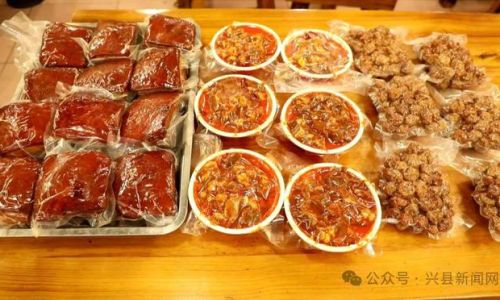
Eight Treasures Rice Pudding (Bābǎo Fàn – 八宝饭): A Sweet Mosaic of Prosperity
This steamed glutinous rice dish is studded with eight ingredients: red bean paste, lotus seeds, jujubes, nuts, and candied fruits. Each component symbolizes a blessing, such as fertility (lotus seeds) or harmony (jujubes).
Cultural Context:
- Origins: Dates back to the Song Dynasty, evolving into a banquet staple.
- Modern Adaptations: Some chefs add chocolate or dried cranberries, blending tradition with innovation.
Wontons (Húntun – 馄饨): The “Chaos” of New Beginnings
Resembling ancient gold or silver ingots, wontons are another northern favorite. Their name, húntun, shares a phonetic link with hún dùn (混沌), meaning “primordial chaos,” symbolizing the universe’s beginning and fresh starts.
Regional Styles:
- Sichuan: Spicy wontons in chili oil.
- Shanghai: Wontons filled with minced pork and shrimp, served in a clear broth.
Regional Delicacies: Beyond the Mainstream
China’s vastness yields countless regional variations:
- Guangdong: Fa Gao (Prosperity Cake), a steamed sponge cake that splits open during cooking, resembling “laughing” mouths.
- Fujian: Buddha Jumps Over the Wall, a rich stew of abalone, sea cucumber, and shark fin (though modern versions use sustainable alternatives).
- Zhejiang: Dongpo Pork, braised pork belly named after poet Su Dongpo, symbolizing comfort and indulgence.
Vegetarian and Modern Adaptations
As diets evolve, vegetarian versions of traditional dishes gain popularity. For example, nián gāo made with coconut milk or dumplings filled with tofu and mushrooms cater to health-conscious eaters.
Conclusion: The Enduring Power of Tradition
Chinese New Year cuisine is a mosaic of symbolism, history, and familial love. Each dish tells a story—of resilience, hope, and the unbreakable bond between past and present. As generations adapt these traditions, the essence remains unchanged: food as a vessel for unity, prosperity, and the promise of a brighter tomorrow. Whether biting into a dumpling or sipping tangyuan soup, the act of sharing these meals reinforces the timeless mantra: “Nian nian you yú” (年年有余)—”May every year bring abundance.”
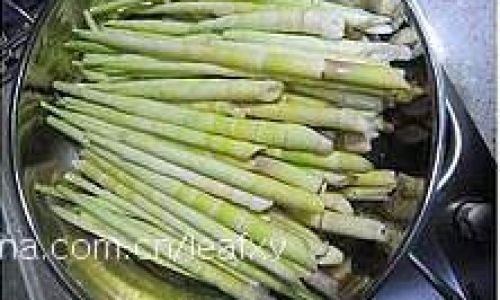
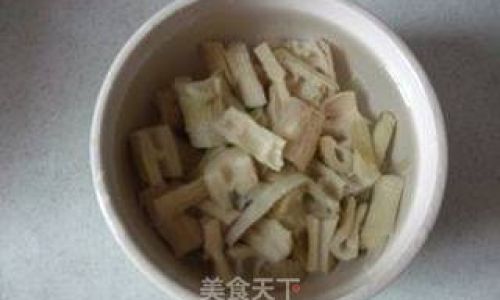
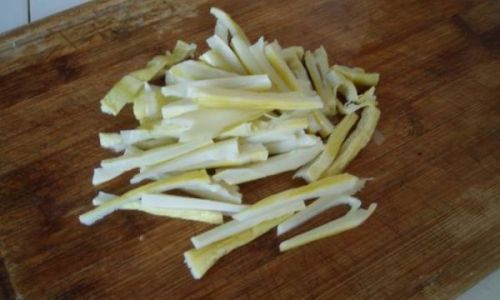
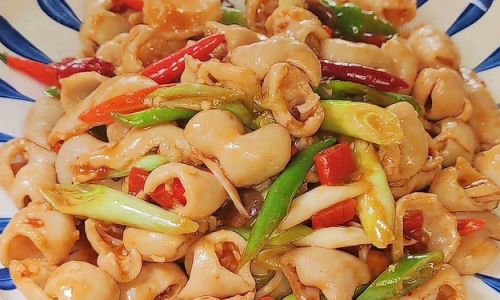
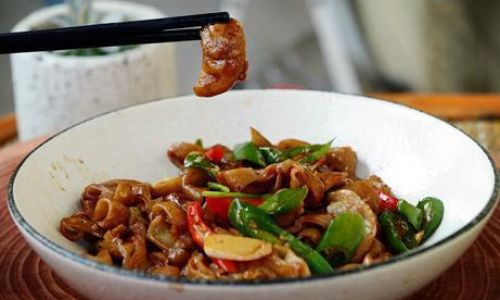
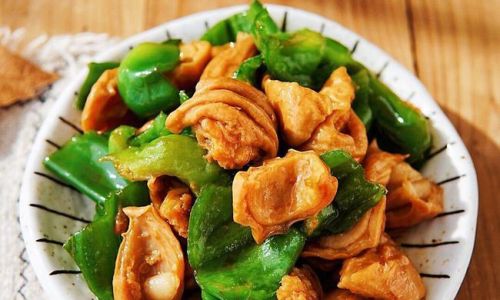
0 comments